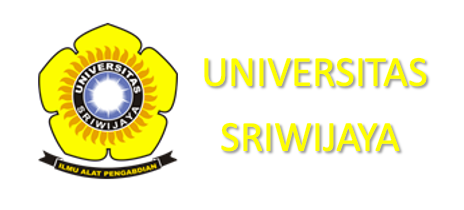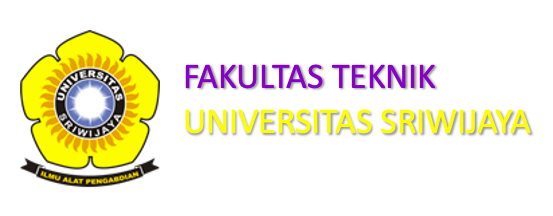KARAKTERISTIK FORMASI PENOSOGAN BAGIAN BAWAH DAERAH KRAKAL, SUNGAI KEDUNG BENER, KABUPATEN KEBUMEN, PROVINSI JAWA TENGAH
Abstract
ABSTRAK: Daerah penelitian berada pada kabupaten Kebumen, Jawa Tengah, dan masuk kedalam kecamatan Alian. Penelitian dilakukan pada desa Krakal dan sekitarnya dengan luasan 4 km2 . Daerah Krakal terdapat dua sungai yang membentang dari utara ke selatan yang mana sungai tersebut tidak tehubung satu sama lain yakni Sungai Kalijaya dan Sungai Kedungbener. Singkapan yang bagus di sepanjang ke dua sungai sungai tersebut dapat digunakan untuk pembuatan kolom stratigrafi. Batuan yang tersingkap disepanjang sungai tersebut merupakan Formasi Penosogan (Tmp) bawah tersusun atas batuan sedimen yang terdiri perselingan batupasir dan batulempung. Penelitian dilakukan dengan metode Measuring Section (MS) hingga didapatkan profil ketebalan terkoreksi, persebaran satuan, kandungan fosil hingga karakteristik detil dari endapan turbidit pada daerah penelitian yang selanjutnya digambarkan dengan membuat model kolom stratigrafi. Formasi Penosogan endapan seri sikuen turbidit berumur Miosen Tengah yang terbentuk pada lingkungan bathimetry Upper bathyal zone. Terjadi perubahan mekanisme transportasi pengendapan menjadi Low Turbidity Current, sehingga menghasilkan batuan yang menghalus keatas (fining upward). Dari data tersebut terlihat bahwa pada Formasi Penosogan menunjukan bahwa endapan turbidit yang terbentuk dipengaruhi oleh mekanisme arus turbidit serta berpengaruh besar terhadap pengendapan. Endapan turbidit merupakan endapan dari semua aliran sedimen-gravitasi. Berdasarkan observasi tiap singkapan di daerah penelitian, pesebaran Formasi Penosogan menjadi fasies classical turbidite. Karakteristik formasi Penosogan bagian bawah berupa perselingan tipis antara batulempung dan batupasir halus diinterpretasi proses pengendapan dipengaruhi oleh mekanisme arus turbidit dengan kenampakan struktur sedimen pada daerah penelitian sebagai penciri endapan turbidit dan data foraminifera bentonik menunjukan zona batimetri yang berada padaBatial Atas.
Kata Kunci: Formasi Penosogan, Facies, Turbidit, Karakteristik
ABSTRACT: The research area is in Kebumen district, Central Java, and is included in the Alian sub-district. The research was conducted in the village of Krakal and its surroundings with an area of 4 km2. The Krakal area has two rivers that stretch from north to south where the rivers are not connected to each other, namely the Kalijaya River and the Kedungbener River. Good outcrops along the two rivers can be used for stratigraphic column construction. The rock that is exposed along the river is the lower Penosogan Formation (Tmp) composed of sedimentary rocks consisting of alternating sandstones and claystones. The study was conducted using the Measuring Section (MS) method to obtain the corrected thickness profile, unit distribution, fossil content to the detailed characteristics of the turbidite deposits in the study area which were further described by making a stratigraphic column model. The Penosogan Formation is a Middle Miocene series turbidite series sediment which is formed in the Upper bathyal zone bathimetry environment. There was a change in the sedimentation transport mechanism to Low Turbidity Current, resulting in a rock that was smoothing upward (fining upward). From these data, it can be seen that the Penosogan Formation shows that the turbidite sediment formed is influenced by the turbidity current mechanism and has a major effect on deposition. Turbidite deposits are deposits of all sediment-gravity flows. Based on observations of each outcrop in the study area, the distribution of the Penosogan Formation becomes the classical turbidite facies. The characteristics of the lower Penosogan formation in the form of a thin alternation between claystone and fine sandstones are interpreted by the deposition process as being influenced by the turbidite current mechanism with the appearance of sedimentary structures in the study area as a characteristic of turbidite deposits and bentonic foraminifera data showing the bathymetric zone that is in the Upper Batial.
Keywords: Penosogan Formation, Facies, Turbidite, Characteristics





